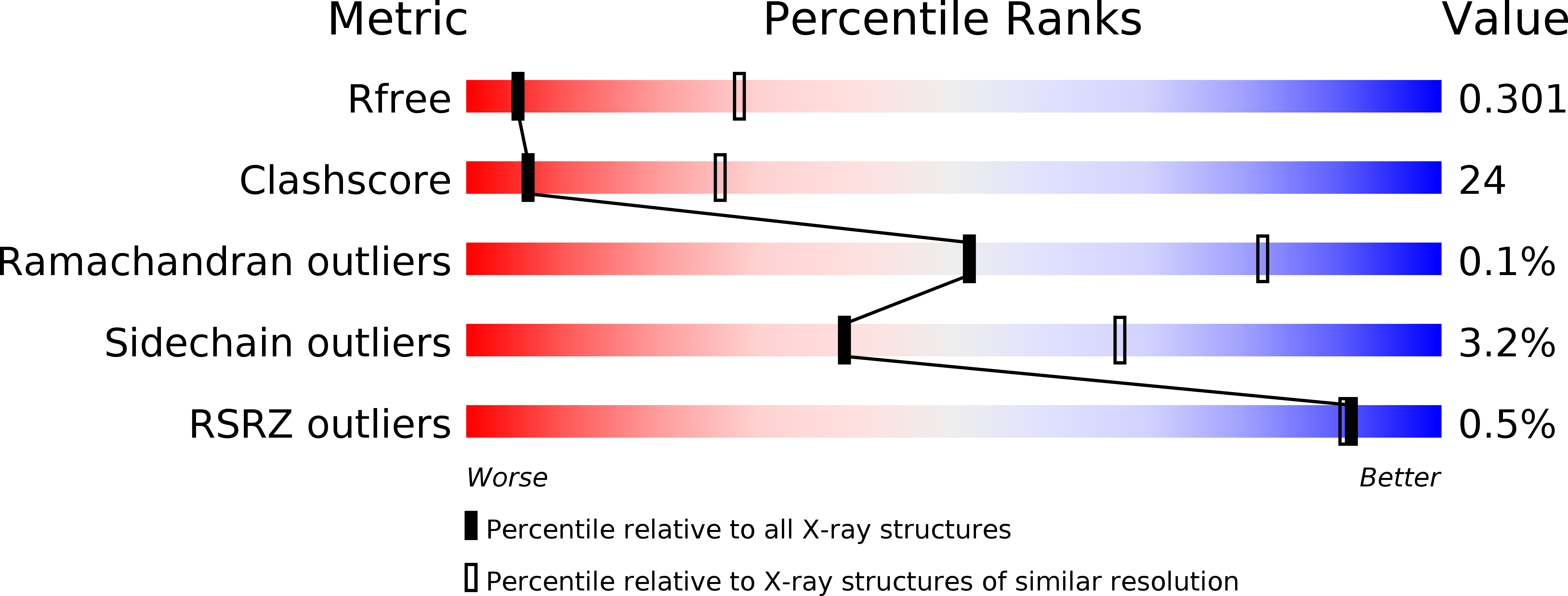
Deposition Date
2012-01-12
Release Date
2012-02-22
Last Version Date
2024-10-30
Entry Detail
PDB ID:
4DAJ
Keywords:
Title:
Structure of the M3 Muscarinic Acetylcholine Receptor
Biological Source:
Source Organism:
Rattus norvegicus (Taxon ID: 10116)
Enterobacteria phage T4 (Taxon ID: 10665)
Enterobacteria phage T4 (Taxon ID: 10665)
Host Organism:
Method Details:
Experimental Method:
Resolution:
3.40 Å
R-Value Free:
0.30
R-Value Work:
0.25
R-Value Observed:
0.25
Space Group:
P 1


